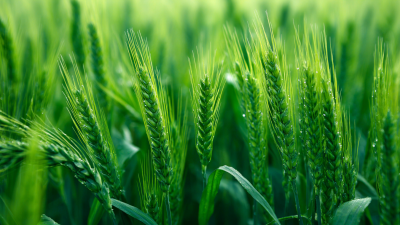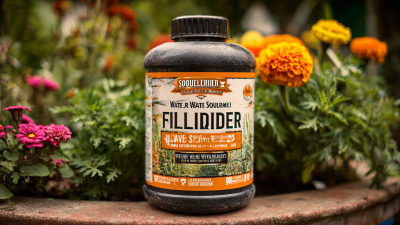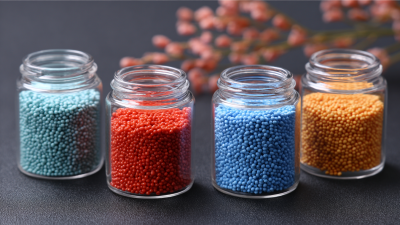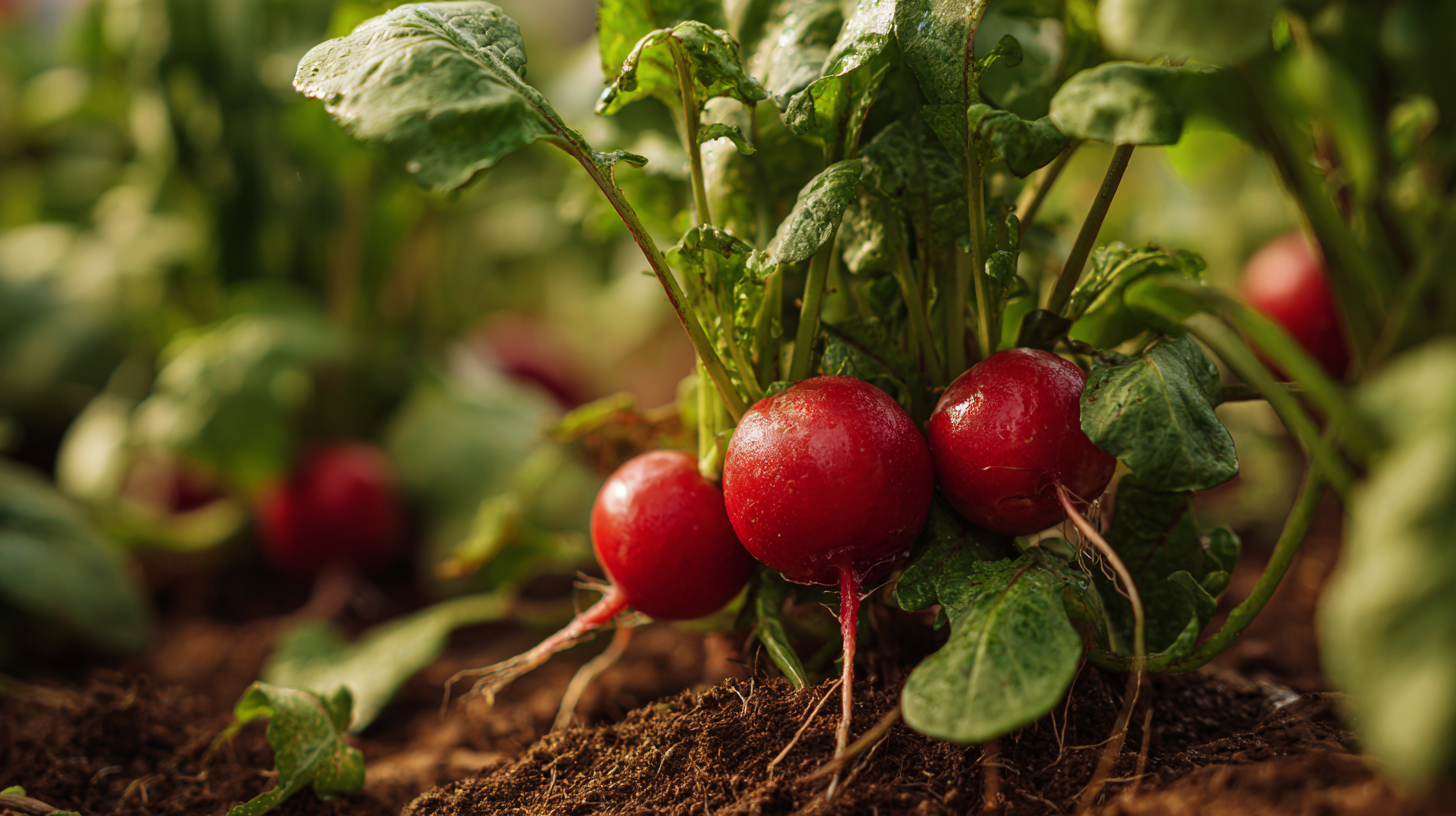 Choosing the best water soluble P fertilizer for your crops is crucial for optimizing yield and nutrient uptake, especially in a world where crop production needs to increase significantly. According to a report from the Food and Agriculture Organization (FAO), global food production must rise by 60% by 2050 to meet the demands of the growing population, thereby placing immense pressure on modern agriculture to utilize effective nutrient management strategies.
Choosing the best water soluble P fertilizer for your crops is crucial for optimizing yield and nutrient uptake, especially in a world where crop production needs to increase significantly. According to a report from the Food and Agriculture Organization (FAO), global food production must rise by 60% by 2050 to meet the demands of the growing population, thereby placing immense pressure on modern agriculture to utilize effective nutrient management strategies.
Water soluble P fertilizers, characterized by their quick availability to plants, play a vital role in enhancing phosphorus availability, which is essential for root development and overall plant growth. Research indicates that phosphorus deficiency can lead to a 30% reduction in crop yields, highlighting the necessity of selecting the appropriate water soluble P fertilizer to ensure optimal performance.
As farmers and agronomists strive to meet these challenges, understanding the specific needs of crops and the characteristics of different fertilizers becomes paramount for sustainable and profitable agriculture.
Water-soluble phosphorus (P) fertilizers are crucial for optimizing crop yields, particularly in nutrient-deficient soils. These fertilizers dissolve readily in water, making phosphorus instantly available to plants. A key characteristic that distinguishes these fertilizers is their solubility, which ensures that nutrients are delivered efficiently, minimizing loss through runoff.
According to a report by the International Fertilizer Industry Association (IFA), the adoption of water-soluble fertilizers has been linked to a 20-30% increase in crop output for phosphorus-sensitive crops like corn and potatoes.
Additionally, the benefits of water-soluble P fertilizers extend beyond simple nutrient delivery. A study published in the Journal of Plant Nutrition revealed that these fertilizers not only enhance growth rates but also improve plant health and resilience against diseases. With the global demand for food projected to rise significantly, efficient use of these fertilizers can address issues of soil degradation and nutrient depletion. It’s essential for farmers to consider the formulation and nutrient ratios of these fertilizers to maximize their effectiveness, as well as to tailor their application methods based on specific crop needs.
Water soluble phosphorus fertilizers are essential for promoting healthy crop growth and improving yield. There are several types of these fertilizers, each catering to different agricultural needs. The most common include monoammonium phosphate (MAP), diammonium phosphate (DAP), and superphosphate. MAP is particularly effective for early plant growth, as it provides a quick source of phosphorus and nitrogen. DAP offers a balanced nutrient profile, making it suitable for a variety of crops, while superphosphate is highly beneficial for acidic soils.
When selecting the best water soluble phosphorus fertilizer, consider the specific requirements of your crops and soil condition. Tips for choosing the right fertilizer include conducting a soil test to determine existing nutrient levels and pH, and matching the fertilizer type to the crop’s growth stage. For instance, use higher phosphorus formulations during flowering and fruiting stages to maximize yields. Additionally, ensure proper application techniques to enhance nutrient uptake and minimize wastage, such as applying it directly to the root zone or using fertigation systems.
To optimize your fertilizer use, monitor crop growth and adjust application rates based on performance. Over-fertilization can lead to nutrient runoff and environmental pollution, so it's crucial to apply the correct amount. Integrating water soluble phosphorus fertilizers into a broader nutrient management plan can help sustain soil health and improve long-term crop productivity.
| Type of Water Soluble P Fertilizer | Composition | Typical Use | Crop Suitability |
|---|---|---|---|
| Monoammonium Phosphate (MAP) | 10-20-0 | Starter Fertilizer | Cereals, Corn, Wheat |
| Diammonium Phosphate (DAP) | 18-46-0 | Soil Amendment | Vegetables, Fruits |
| Superphosphate | 0-20-0 | All-Purpose Fertilizer | Flowers, Pastures |
| Triple Superphosphate (TSP) | 0-46-0 | High-Phosphorus Fertilizer | Tubers, Roots |
| Calcium Phosphate | 10-20-0 | Organic Fertilizer | Legumes, Grains |
When selecting the best water-soluble phosphorus (P) fertilizer for your crops, several key factors come into play to ensure optimal growth and yield. One fundamental consideration is the phosphorus content in the fertilizer, typically expressed as a percentage of P2O5. According to the Fertilizer Institute, adequate phosphorus levels are crucial, as crops generally require 30 to 50 pounds of P2O5 per acre for effective growth in most soils. Understanding the specific needs of your crops—whether they are high-demand crops like corn or lower-demand crops like soybeans—is essential for making an informed decision.

Another significant factor is the solubility of the fertilizer. Water solubility varies among products, impacting the immediate availability of nutrients to plants. Research published in the International Journal of Agronomy highlights that highly soluble fertilizers can result in rapid nutrient uptake, critical during early plant growth stages. Additionally, it is important to consider the presence of other nutrients, as a balanced approach can enhance overall crop development. Selecting a fertilizer that combines phosphorus with other essential minerals, such as nitrogen and potassium, can lead to synergistic effects that promote robust plant health and better yields.
To choose the best water-soluble phosphorus (P) fertilizer for your crops, understanding the specific needs of your soil and plants is crucial. Testing your soil is the first step in this process. A comprehensive soil test can reveal critical information such as nutrient levels, pH, and organic matter content. This data will help you identify any deficiencies in phosphorus and other essential nutrients, enabling you to tailor your fertilizer selection to meet your crops' precise requirements.
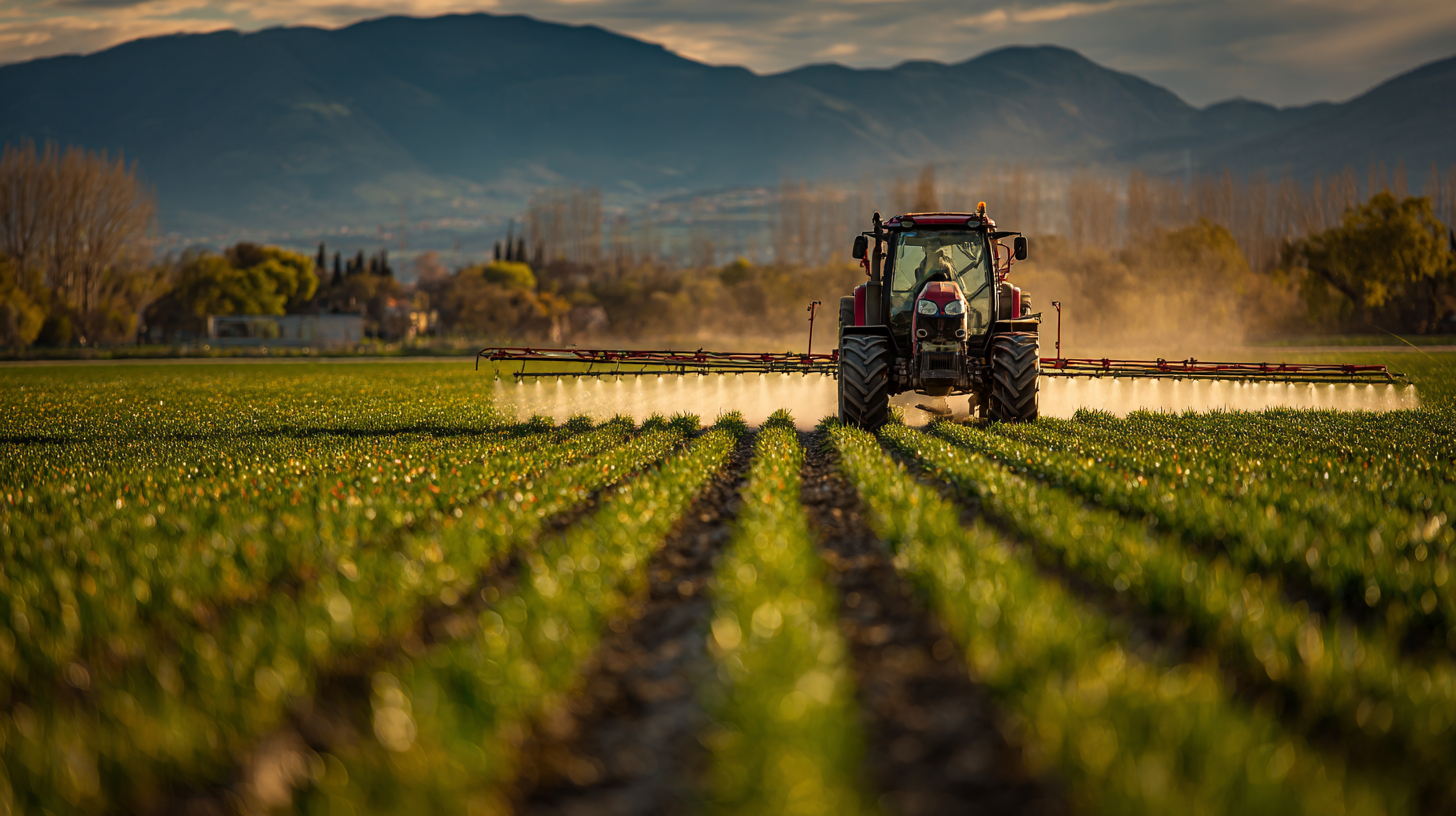
Once you have analyzed your soil's health, consider the particular needs of your crops. Different plants have varying phosphorus requirements depending on their growth stage and overall health. For instance, root development and flowering stages typically demand higher phosphorus levels. Therefore, assessing visual signs of nutrient deficiency, such as stunted growth or discolored leaves, can provide additional insights into your crop needs. By combining soil test results with your crops’ characteristics, you can determine the most effective water-soluble P fertilizer, ensuring optimal nutrient availability and promoting healthier, more productive plants.
When utilizing water soluble phosphorus (P) fertilizers in agriculture, avoiding common mistakes can significantly enhance crop yields and soil health. One frequent error is over-application. Many farmers believe that more fertilizer equates to better growth, but excess phosphorus can lead to nutrient runoff, causing environmental issues and imbalances in soil composition. It’s crucial to adhere to recommended application rates based on soil testing results to ensure that crops receive the right amount of nutrients without risking pollution.
Another critical mistake is not considering the timing and method of application. Applying water soluble P fertilizers during wet seasons can lead to leaching, where nutrients are washed away before crops can absorb them. Incorporating P fertilizers at the right growth stage of the plants is essential; early application may not benefit crops as much as application during peak nutrient uptake phases. Additionally, using improper water sources for dissolving these fertilizers can alter their efficacy, making it vital to use clean, non-contaminated water to ensure the solubility and availability of the nutrients to the plants.
